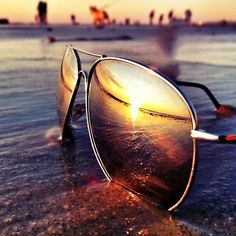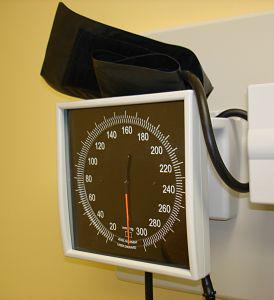 It seems that everywhere you look, people are completely glued to their cell phones. From the moment they wake up to the time they try and fall asleep, they’re constantly texting, emailing, and calling people.
It seems that everywhere you look, people are completely glued to their cell phones. From the moment they wake up to the time they try and fall asleep, they’re constantly texting, emailing, and calling people.
We’re all guilty of being stuck on our phones, especially because they really are very useful! We know we shouldn’t be using them all the time, and it can be a difficult habit to break, but here are some common cell phone guidelines to keep in mind:
Don’t text or email during meetings—and turn your ringtone off!
It’s hard to get away from your phone, especially at the office, but put it away, turn it off, or at least keep it on silent during work hours. Staying on your phone is very distracting to others and can disrupt your productivity.
If you absolutely need to use your phone, take it outside during your break or lunchtime and make your phone calls, text whomever you need to, and take that time to have fun on your phone. At all other times during the day, try to keep your phone away.
Keep your conversations quiet in public.
If you must use your cell phone in public places, such as on the bus, in restaurants, coffee houses, and stores, remember to stay as quiet as possible. Try not to broadcast your conversations, particularly if they’re stressful conversations, business-related, or very personal.
If you know your conversation won’t be quiet, leave the building if needed. Also, try not to use your cell phone when waiting in line. Everyone else is waiting with you, so why annoy them? Just turn your phone off completely in certain public situations because texting is even just as annoying.
Avoid texting while walking.
Try to avoid texting, emailing, or playing on your cell phone while walking. It’s dangerous to do, especially if you’re walking down the street or through a crowded area!
When you’re distracted on your phone, you can forget to avoid huge obstacles in your way, such as other people, cars, signs, doors, and more. Not only is texting while walking dangerous, but it’s also a nuisance to others as they have to avoid you when passing by.
Turn your phone off at parties.
There’s nothing more important than face-to-face contact, especially at parties with your friends and loved ones. We suggest either turning your phone completely off, or at least storing it in your purse or pocket (and not feeling tempted to reach for it!) while attending dinners, get-togethers, and when spending time with others.
Don’t even try putting your phone under the table while eating dinner or grabbing coffee with a friend! The interference will cause others to get distracted, and they’ll know that your mind and thoughts are elsewhere.
After work, put your phone away!
When the workday ends, it’s your time to unwind and decompress. It’s unhealthy to stay “plugged in” 24/7. Make sure you really cut down on your phone usage at home, most importantly during nighttime hours. If you’re still staring at your phone screen or dealing with work, your body will have a more difficult time trying to fall asleep and stay asleep.
Try turning your phone and email off during the weekend, too. That’s your time to enjoy life and do fun things with your kids, your spouse, and your friends. Relax, kick back, and enjoy your free time without the buzzing, ringing, and distractions from your cell phone.
What are your favorite tips for staying unplugged? Leave them below!















